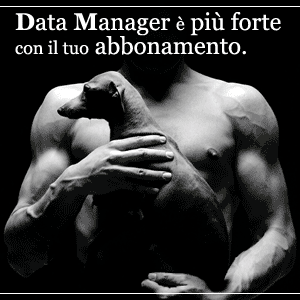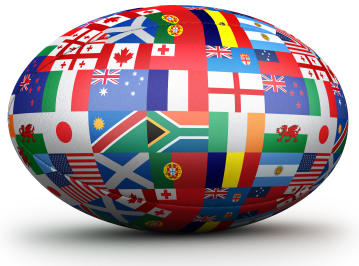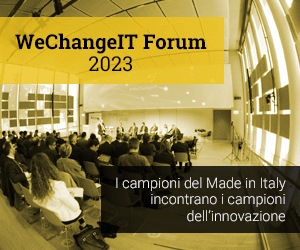Massimo Marchiori speaks at the Innovation Circus 2009
Massimo Marchiori, one of the main personalities in the new technologies and ITC World, is an italian scientist and he made major contributions to the World Wide Web development.
Graduated in maths, Massimo was given the prize TR100 by the Technology Review (the best 100 researchers in the world). He teaches nowadays in Italy in the University of Padua, he is an active member and research scientist at the World Wide Web Consortium (W3C) by the Massachusetts Institute of Technology (MIT).
Massimo is active in the semantic web as chief editor of the Platform for Privacy Preferences (P3P). He set up the XML Query project: the XML world standard for privacy and researches on the Web (basically, what enables you to widen your researches into documents or in XML databases). And not least, he is involved in the W3C’s Web Ontology Language (OWL).
If we go ten years backwards, we’ll find out that HyperSearch, the algorithm which paved the way for PageRank (Google trademark), is also one of Massimo’s intuitions. And thanks to PageRank Google succeded in achieving a leading role as a search engine.
HyperSearch was the first technique to introduce link analysis in researches, basing his results also on the relation that links each single page to the Web: It’s kinda getting to know somebody starting from his friends.
Massimo started to apply mathematics to Computer Science to aswer the questions: “In a web research how can I get what I’m looking for?” “How can I be easly reached?”. The implementation of a web system means more problems be solved and challenges to face, and that’s what Massimo is doing with his third generation seach engines, definitely focused to meet the user’s requests.
Today Massimo is undertaking more sofisticated and efficient resarches in order to improve the communicative side of the web: use of pictures, videos and contents, in a word, the Semantic Web. The Semantic Web, so called from his inventor Tim Berners-Lee, is an evolving development of the World Wide Web.
Here the published documents (HTML pages, files, pictures and so on) are linked to informations and data (metadata) making it possible for the web to understand and satisfy the requests of people and for machines to use the web content.
The ability of a system to interpretate the web content, also by means of key words and relational networks, will eventually lead to resarches much more advanced than present ones. In the future Google will look more like Facebook.
This is how Massimo presents himself at the Innovation circus 2009 (Milan). He speaks in such a clear and straightforward way that listeners can’t help getting caught up not only in his topics but also in his entusiasm.
He believes in people and in the chanches that Italy has to offer, though here the IT sector finds it hard to catch the media’s attetion. In Italy we do have hidden talens with ability, determination and passion for reasearch, and they can contribute to the development of the IT world.
What makes a successful project? New ideas, long term projects looking forward to the future, the ability to create, a suitable financial support and skills for enterprise. A good project shoud be useful, feasable and handy. It should be presented in the right way to the right people and should mirror the present needs.
As Massimo says: “An idea might change the world, you just have to believe it. Pursue your aspirations and you won’t have regrets. Try and create what might improve the life of each one of us”.
On this subject we suggest you the selection “Idee InventION” (Alintec/Nòva 24 – Il Sole 24 Ore)
The secret of success: a kind of alchemy among heart, ability and passion.
Credits: translation, Alessandra Montanari


































